As Black people on Turtle Island, we often talk about being “stolen people on stolen land” in recognition of the complicated relationship Africans have with colonization, these lands, and nation-states including Canada.
The experiences of Black women in Canada have largely been ignored especially in British Columbia.
Black women and girls, in particular, continue to live in poverty and poor health, experience significant levels of violence both in the private and public spheres, and challenges accessing safe employment, housing and public services. This short blog seeks to summarize the history of Black people and the experience of Black women and girls in Canada, and what action BWSS is taking in moving the dial on Canada’s progress on the status of women and gender equity.
My ancestors don’t come from this land we now call, Canada. My ancestors come by way of Ghana and Sweden and I was born in Musqueam, Tsleil-Waututh and Squamish territories and Vancouver is the only home I have known. For the duration of my 30 years work to end violence against women, I have sought to deepen and broaden the scope through rooting an analysis of these complexities to then inform individual, institutional and systemic advocacy as well as direct service interventions for survivors.
In 2017, the United Nations Working Group of Experts on People of African Descent tabled a report on being Black in Canada and illuminated the roots of anti-Black racism in the history of slavery, racial segregation and marginalization. In a variety of ways, these realities persist to the present day and impact the experiences and life opportunities of Black people born in Canada as well as those who have migrated seeking asylum or through immigration.
According to oral and written historical records, African people have lived in Canada for centuries arriving via Africa, Europe, the Caribbean and the United States. Mathieu Da Costa, an elusive and fascinating man, is the first Black person known to have visited Canada. Da Costa as a “free” African was employed as a translator between Mi’kmaq people and the by French and Dutch colonizers in the earlier 1600s. Apparently, it was not unusual for Africans to act as translators for Europeans, but history has yet to reveal how Da Costa (who was kidnapped by the Dutch from the French and who spoke French, Dutch, and Portuguese) knew how to be an interpreter with Indigenous people.
From the 1700s onward, thousands of Black people arrived in Canada the following centuries to work as enslaved labour alongside Indigenous people, first in New France and then the British colonies of Upper and Lower Canada. Others fled north, escaping enslavement in the United States.
Enslavement of Africans was no little cottage industry. The ties between slavery and capitalism in Europe and the Americas wasn’t always crystal clear in the history books. For a long time, historians mostly depicted slavery as a regional institution of cruelty in the Southern United States, and certainly not the driver of broader European and North American economic prosperity. African peoples were captured and transported to the Americas to toil. Most European colonial economies in the Americas from the 16th through the 19th century were dependent on enslaved African labour for their survival. Of the 6.5 million people who survived the crossing of the Atlantic and settled in the Western Hemisphere between 1492 and 1776, only 1 million were Europeans. The remaining 5.5 million were African. An average of 80 per cent of these enslaved Africans—men, women, and children—were toiling, mostly as field-workers. Women, as well as children, worked in some capacity. Only very young children (under six), the elderly, the sick, and the infirm escaped the day-to-day work routine.
In recent years several scholars deploying analytical rigour and sophisticated research strategies including comprehensive dissection of archival and other source material to reveal new analysis of Indigenous genocide and Black enslavement in the Americas through the lens of reparatory justice. The effort to centre the experiences of enslaved Black women remains a vital and necessary enterprise.
In the 1800s, other migrations of Black people from the United States occurred during the War of 1812, when over 2000 refugees came to Nova Scotia and New Brunswick and over 800 Black people fleeing racist violence in California migrated to Vancouver Island between 1858 and 1860. Many Black people migrated to Canada in search of work and many men became porters with the railroad companies in Ontario, Quebec, and the Western provinces or worked in mines in the Maritimes. Between 1909 and 1911, fleeing racist violence over 1500 migrated from Oklahoma as farmers and moved to Manitoba, Saskatchewan, and Alberta.
In 1910 the Canadian government implemented a new Immigration Act that barred immigrants into Canada from races deemed undesirable. Black people were identified as undesirable and very few Black people were permitted entry into Canada during the next few decades. In 1955, the West Indian Domestic Scheme permitted single Black women aged 18 to 35 to work in Canada as domestic labour for one year before being granted immigrant status. Over 2600 Black women were admitted under this scheme and helped build Canada.
The history of Black people in Vancouver is storied, rich and complex and though representing less than 2% of the population, Black people’s presence rallies for visibility for over 40 years after the destruction of Vancouver’s only Black neighbourhood “Hogan’s Alley”. Vancouver as a city is unique in its success at virtually eliminating Black people’s presence, cultural, social and political voice through a city policy. My parents met in Hogan’s Alley and I was living as a child while the neighbourhood was being dismantled. As a six-year-old, learning about myself and the world around me the anti-Black racism was palpable.
According to a new report by the Centre for Policy Alternatives, 1.2 million people in Canada self-report as Black, including 620,000 women and girls. Their report examines the experience of Black women and girls in Canada.
In 1995, for the Fourth World Conference on Women: Action for Equality, Development and Peace and 50,000 activists, diplomats, and world leaders met in Beijing, China to plan for a world in which all women everywhere in all of our diversity could live full and equal lives. The resulting declaration and platform for action was the most progressive blueprint ever for advancing women’s rights.
In 2015, UN General Assembly proclaimed 2015-2024 as the International Decade for People of African Descent citing the need to strengthen national, regional and international cooperation in relation to the full enjoyment of economic, social, cultural, civil and political rights by people of African descent, and their full and equal participation in all aspects of society. And when we combined these declarations with the Convention on the Elimination of All Forms of Discrimination against Women (CEDAW), which was adopted in 1979 by the UN General Assembly, is often described as an international bill of rights for women. Consisting of a preamble and 30 articles, it defines what constitutes discrimination against women and sets up an agenda for national action to end such discrimination outlines some of the deep and profound barriers to gender and racial equity and they shape a path for how we can redress and transform.
No country—including Canada—has reached gender and racial equity as an examination of the lives of Black women and girls reveals.
In 1734, Marie-Joseph Angelique an enslaved Black woman born in Portugal refused to accept her enslavement and was convicted of starting a fire that destroyed a large part of Montreal was condemned to die a brutal death.
Black women are consistently and disproportionately vulnerable to incarceration—the result of “racial bias at all levels of the [criminal justice] system, from racial profiling to the exercise of prosecutorial discretion, the imposition of pretrial incarceration and disparities in sentencing.”
Black women in Canada represent roughly 6% of all federally incarcerated female prisoners, but only 3.1% of Canada’s overall female population (aged 15 and older) according to the Office of the Correctional Investigator.
The month of February has been set aside to commemorate Black History.
In recent years, Black people have been reflecting on our history while visioning the future of Blackness and in 2017, I had the privilege to sit down with five incredible Black women to discuss being Black in Canada. My guests Adeline Bird and Alexa Joy discussed “What is Black Space?”, Anthonia Ogundele and Stephanie Allen discussed “Are there any Black people in Vancouver?” Recognition, Honouring, Access and Inclusion, and my co-worker, Theresa Thomas, Woman’s Counsellor at BWSS presented her work titled “Standing on Points of Power – Self-Possession for Black Women”. Please listen here for a revealing and insightful conversation.
Violence against Black Women and Girls is largely rendered invisible in Canada. In the era of Me Too, where Black women are still struggling to have the ways gendered violence disproportionately affects Black women recognized and we understand at BWSS that by not prioritizing sexual assault, domestic violence and other forms of gender discrimination against Black women is a mistake combined with the high rates of violence against Black Trans Women.
Queer Black feminist Moya Bailey coined the term “misogynoir” to capture how misogyny and race intersect for Black women. As the title of the groundbreaking Black feminist collection “All the Women Are White, All the Blacks Are Men” captured, feminism has typically catered to the concerns of middle-class white women, while Black liberation movements have centred around Black men. Black women, faced with the “double burden” of both race and gender fall through the cracks of both movements.
Statistics about violence against Black women in Canada are not available.
Nevertheless, since February 2017, BWSS has operated a specialized program for Black Women. As is typical with all our initiatives we began with a support group named Standing on Points of Power: A group for Black Women. Standing on Points of Power. Established as a weekly group, participants met and discussed topics including Identity, Pride, Strength and Vulnerability. The Black Women’s Program at BWSS builds on these historical underpinnings, the universality of the Black women’s experience of violence, marginalization, hypervisibility alongside relative invisibility as Black women and to redress the way our experiences go largely downplayed. Black Women in Metro Vancouver have articulated a deep need for a space dedicated to Black Women and cultivated by Black Women; a place we could always go and see ourselves represented.
“To occupy a safe space and share my experiences and relate to other Black Women” and “I wanted to connect with and learn more about what other Black Women in the lower mainland are feeling. My expectations were exceeded!”
Feeling While Black came next and was a 4-week workshop experience that focused on the high emotional and mental cost of the Black Experience, and women were given tools to lessen that impact and embrace their lives and goals with two hands!
In September 2018 we hosted I’m a Black Girl, and My Magic is for ME! this workshop also ran for 4 weeks, and women spent time understanding that the qualities and traits that are often under attack by the outside world, are precisely the “Magic” we own outright and it makes us unique and powerful. Women learned how to defend and harness their Magic for their own purposes.
In 2019, Chocolate High: A Pathway to Self-Love was a workshop experience that supported Black women to journey into their lived experiences and identify barriers to loving and valuing themselves. Women received tools to root-out those barriers and replace them with the truth of their worth and value. This workshop was a love story of self.
Also, in 2019, BWSS hosted Black Out! Black Out! was a monthly meet-up, an evening out for Black Women with Black Experiences, a safe space where Black women are the norm and not the other, for affirmation and authenticity, to celebrate and commiserate, with music and mood to create movement in your soul.

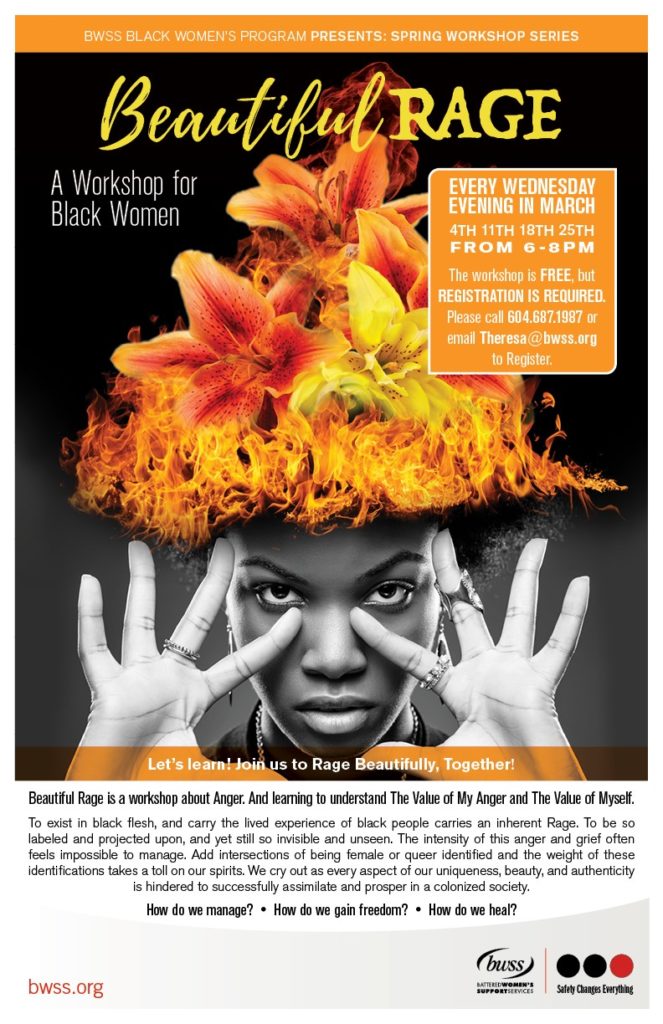
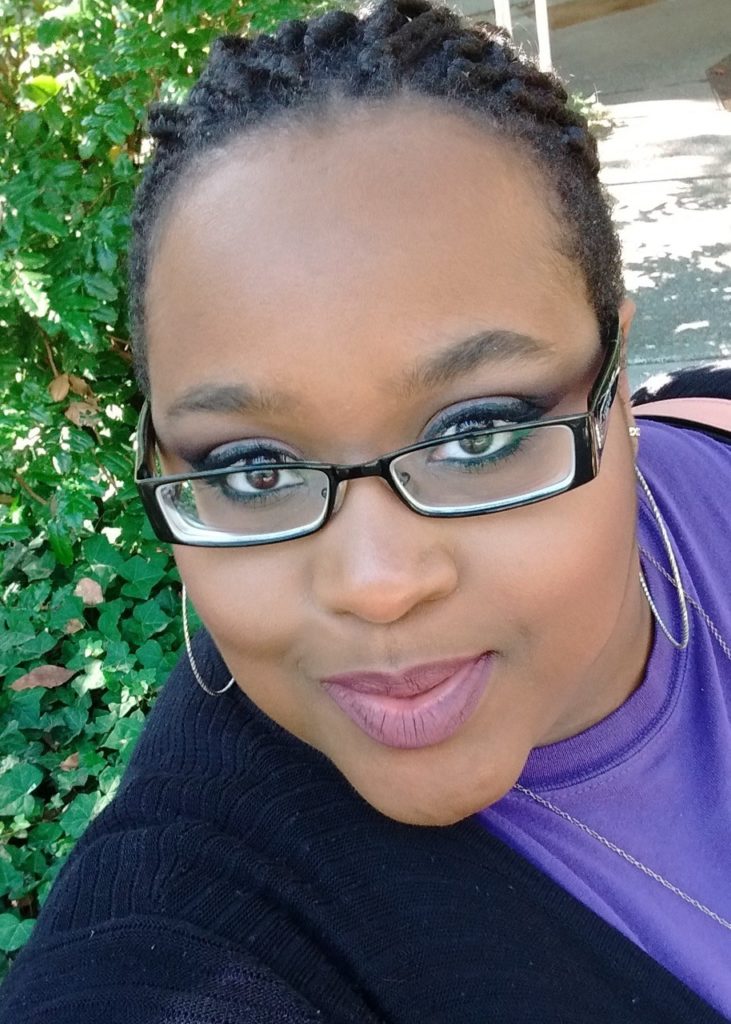 The curator and facilitator of the Black Women’s Program at BWSS is the brilliant Theresa Thomas.
The curator and facilitator of the Black Women’s Program at BWSS is the brilliant Theresa Thomas.When I was approached and asked if I wanted to create and coordinate a Black Women’s Program for BWSS, my initial feelings were a mixture of overwhelmed and excitement; however, my initial thoughts were of caution and insecurity. I knew I could do the work and put the program into practice, but I doubted that as a Black American woman I could connect to the priorities and perspectives of Black women living and raised in Canada.
Now more than ever, we require sustained action to redress the deeply entrenched systemic and institutional barriers and these changes will only be successful if Black women’s experiences are moved from the margins into the centre of the discourse and policy and advocacy and service delivery.
“This group is awesome!! I wish it was long-term having this sort of community is amazing. Thanks Theresa!!”
“I feel at peace, I am really happy I found this group and got to attend. So much truth and freedom and safety in this space.”
“I’ve got so much to write in my journal when I get home! I feel significantly less tension in my body. Grateful for this.”
“I enjoy coming to these groups. They definitely brighten my day. It’s like armour before you head out into the world”
“If you want to reconnect with your magic this is the place to be”
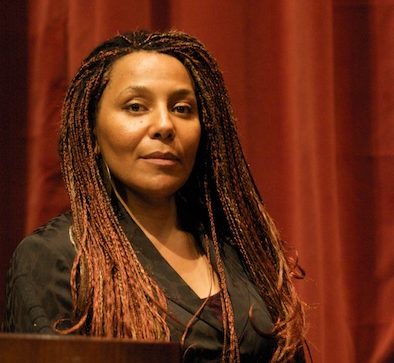 Angela Marie MacDougall is a bi-racial Black activist born and raised in Vancouver, unceded Coast Salish Territories. Angela takes action to end gender-based violence and she has been involved in community-based feminist, Indigenous solidarity, migrant justice, anti-racist and women’s leadership organizing for almost 30 years. She is currently executive director at Battered Women’s Support Services. In 2014, Angela was named a Remarkable Woman by the City of Vancouver and in 2016 Vancouver Magazine named her one of Vancouver’s most powerful people.
Angela Marie MacDougall is a bi-racial Black activist born and raised in Vancouver, unceded Coast Salish Territories. Angela takes action to end gender-based violence and she has been involved in community-based feminist, Indigenous solidarity, migrant justice, anti-racist and women’s leadership organizing for almost 30 years. She is currently executive director at Battered Women’s Support Services. In 2014, Angela was named a Remarkable Woman by the City of Vancouver and in 2016 Vancouver Magazine named her one of Vancouver’s most powerful people.

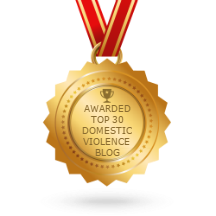
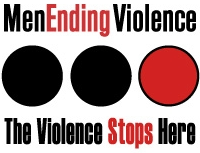
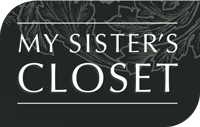
Dear Friends;
Blessed is he who considers the poor. Yahweh will deliver him in the day of evil. (Psalm 41:1)
Greetings in the name of our Lord Savior Jesus Christ!
We wish to inform you that Hosiah Welfare Foundation is working for the empowerment and development of the exploited and marginalized community members who are trapped in poverty since long. Hosiah Welfare Foundation is legally strong as it is registered with Social Welfare Department, Sialkot Government of Punjab, Pakistan under the Social Services Regulation Act 1961. Since it got legal status we are serving the target community with complete dedication, devotion and determination in order to break the shackles of poverty and bring them in the main stream of life so that they could live their lives up to their fullest and glorify the name of our savior Jesus Christ.
Hosiah Welfare Foundation is working at the grassroots level and have established very cordial relation with the target community which resulted that lot of issues especially of women and young girls came in to knowledge and which needs urgent solution so that the oppression and dejection among the female community be eradicated for good. The management and community members jointly came out with a conclusion to establish a Women Vocational Skill Training Center. The center will provide skill training deserving women and young girls which will make them a strong and form income earning members for the families and as their income level increases they will be able to provide education and proper healthcare to their children.
We hope that you will help and support us to provide opportunity to these women to learn various skills which will help them to become useful and earning member of the family and it will further help them to gain respect and honor in the society and a strong foundation for a balance society will be laid. We are positive that with your help and support we will be able to establish Women Vocational Skill Training Centre by equipping it with equipment and other needful accessories which will help the beneficiaries to learn skills without any difficulty.
We hope and pray that our vision will be fulfilled soon so that we could provide maximum, help and support to these women and young girls to learn various skills and become a useful members of their families.
We look forward to your cooperation and support
Regards and best wishes
Pastor Tasawer James
Contact us
Phone: +923117678263
Whatsapp No: +923466749653
HWF